15 GPTs for Standards Alignment Powered by AI for Free of 2025
AI GPTs for Standards Alignment are advanced artificial intelligence tools designed to assist in aligning various content, processes, or systems with established standards. Leveraging Generative Pre-trained Transformers, these tools are adept at understanding and interpreting the complexities of different standards across industries. They provide tailored solutions to ensure compliance, enhance understanding, and facilitate the integration of standards into business operations, education, technology development, and more. By automating and optimizing the process of standards alignment, AI GPTs offer precise, efficient, and scalable assistance, making them invaluable for maintaining quality and consistency in various domains.
Top 10 GPTs for Standards Alignment are: iTeachAI,个性化K-12课程制作者,Athena,Teacher Assistant,Common Core Aligner (ELA),Common Core Aligner (Math),ELA Classroom Buddy,NGSS Aligner,Math Lesson Plans - Common Core [GPT-4.5],TeachPeach
iTeachAI
Elevate Teaching with AI-Powered Lesson Planning
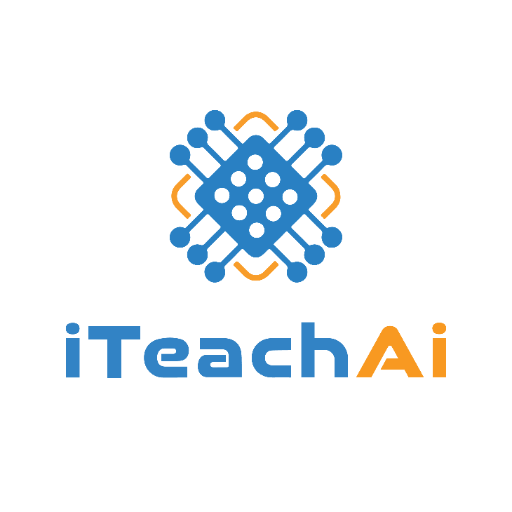
个性化K-12课程制作者
Transforming Education with AI-Driven Personalization
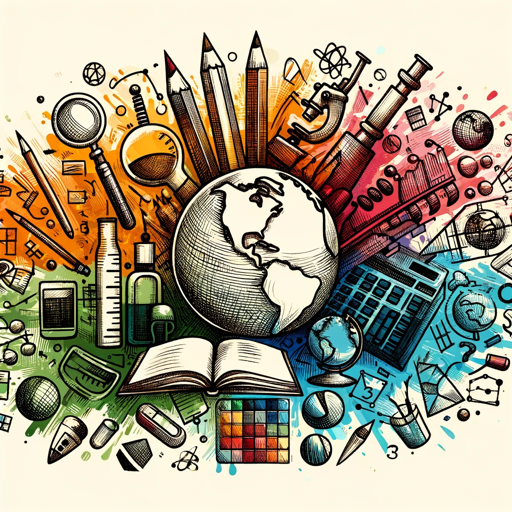
Athena
Revolutionizing Education with AI
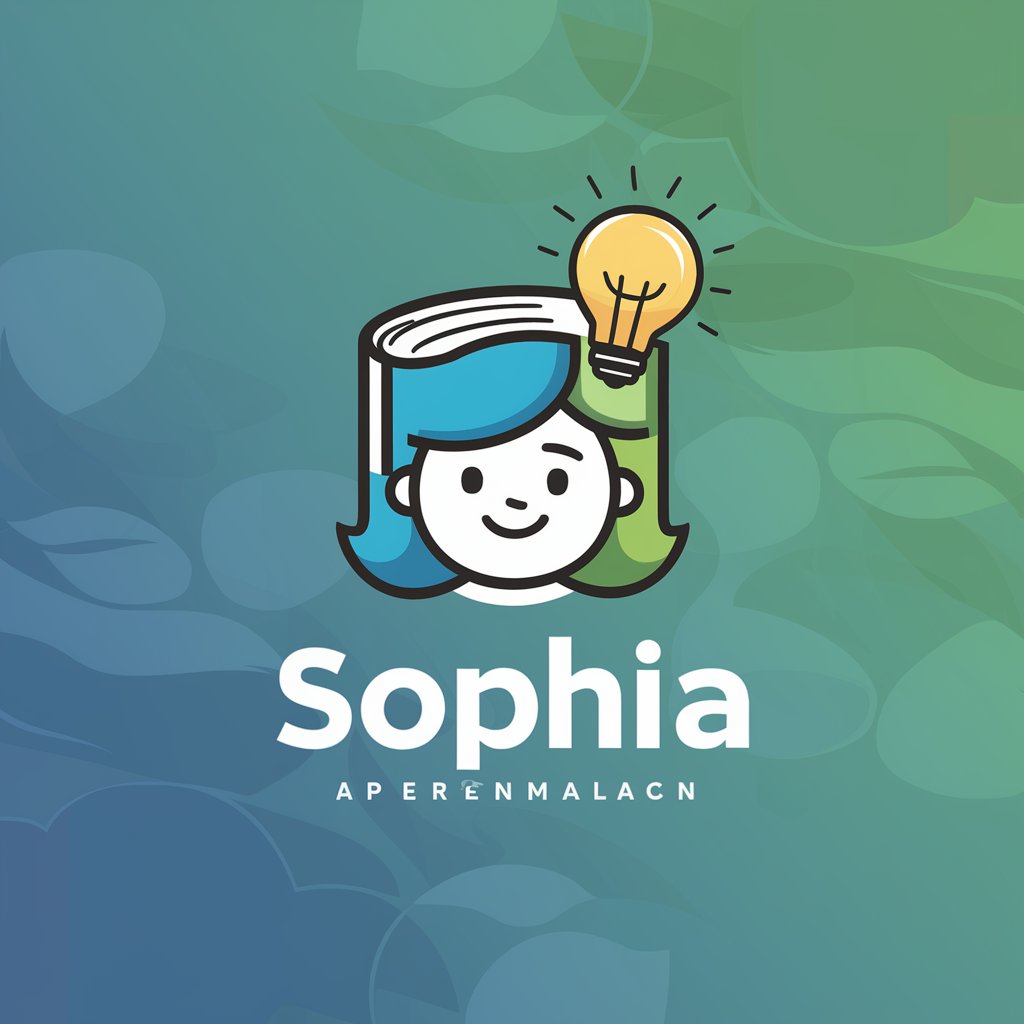
Teacher Assistant
AI-powered, adaptive educational support.
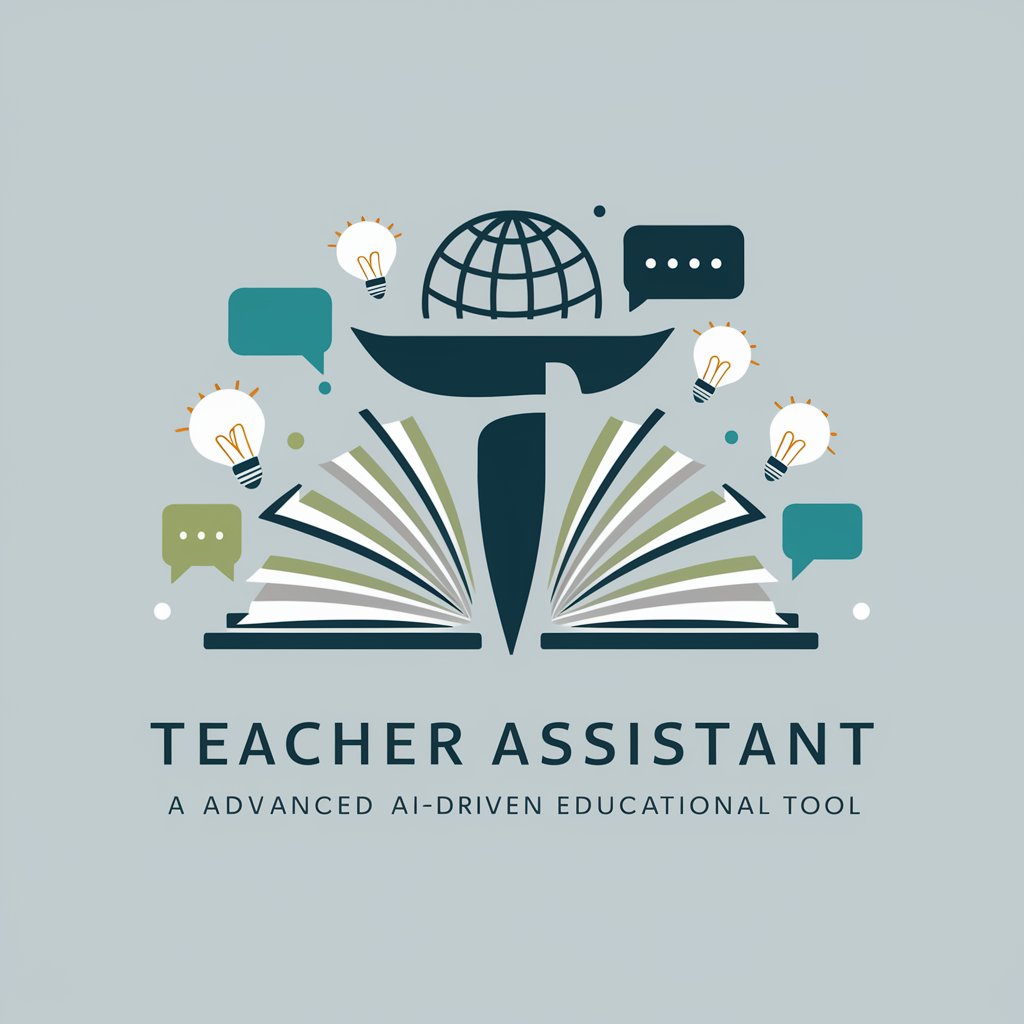
Common Core Aligner (ELA)
Empowering Educators with AI-Powered Curriculum Alignment
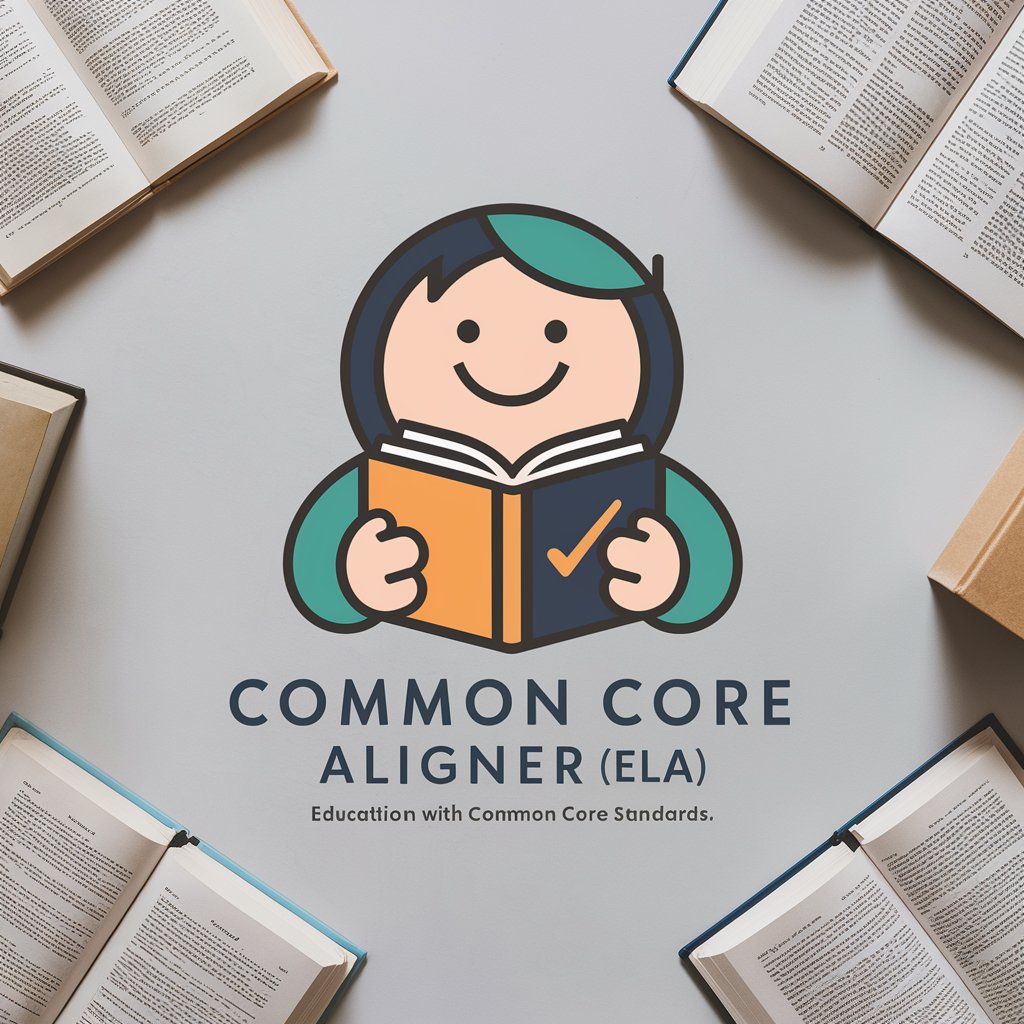
Common Core Aligner (Math)
Aligning Math Lessons with AI Precision
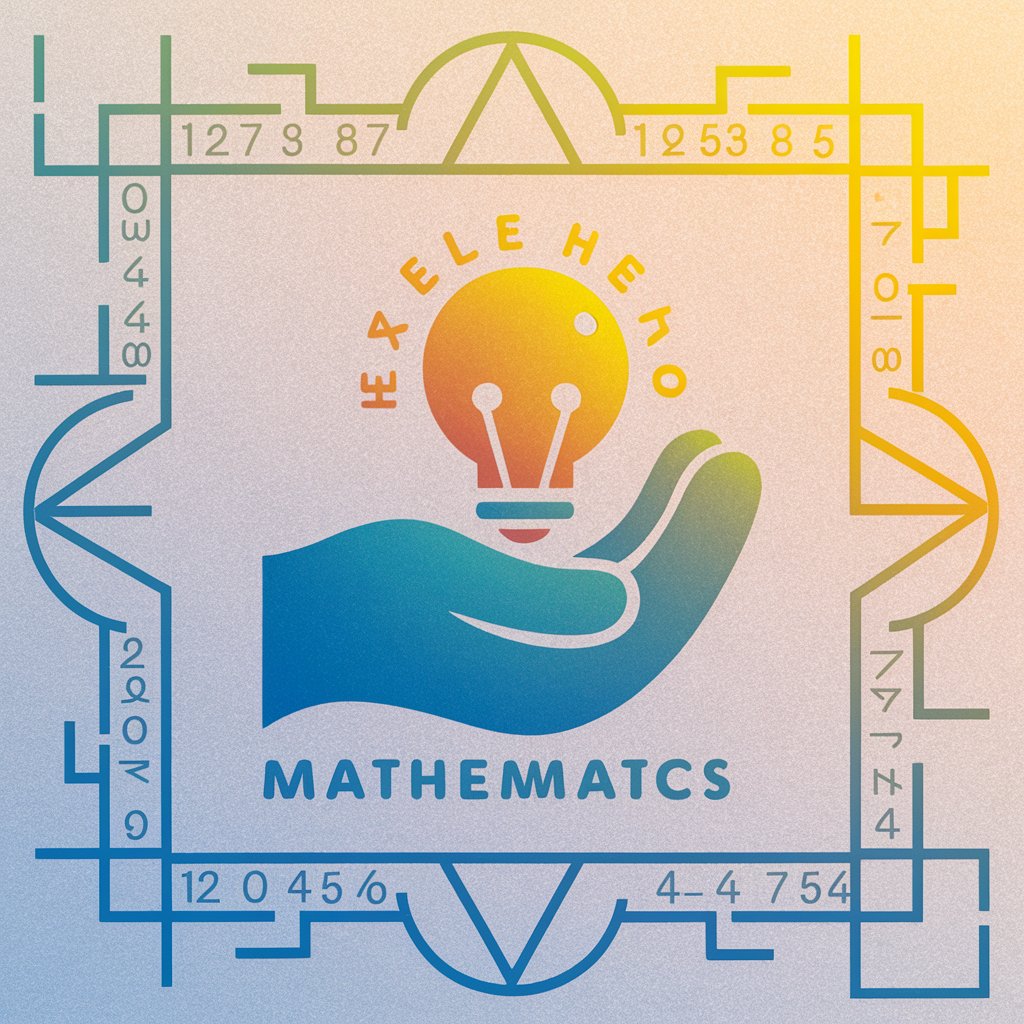
ELA Classroom Buddy
Empowering Teachers with AI-Powered ELA Tools
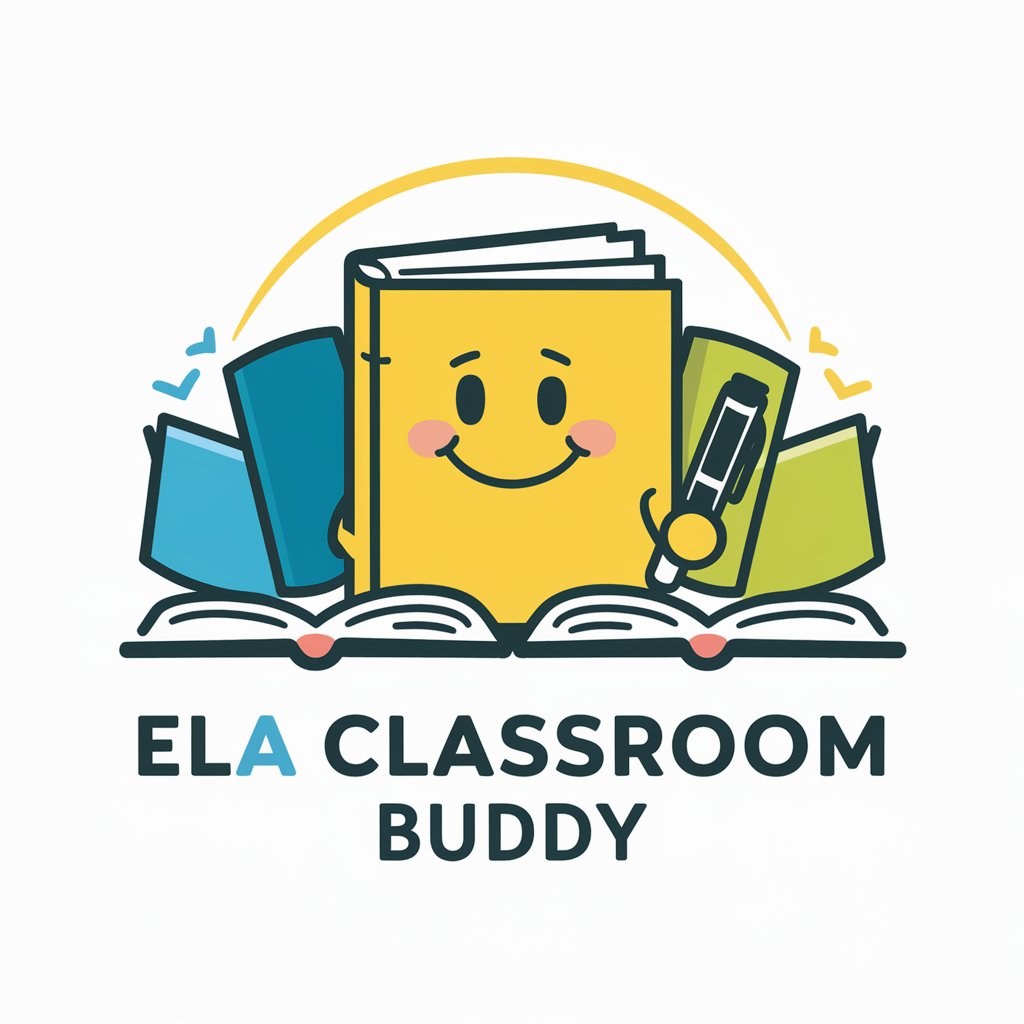
NGSS Aligner
Empowering educators with AI-driven NGSS alignment
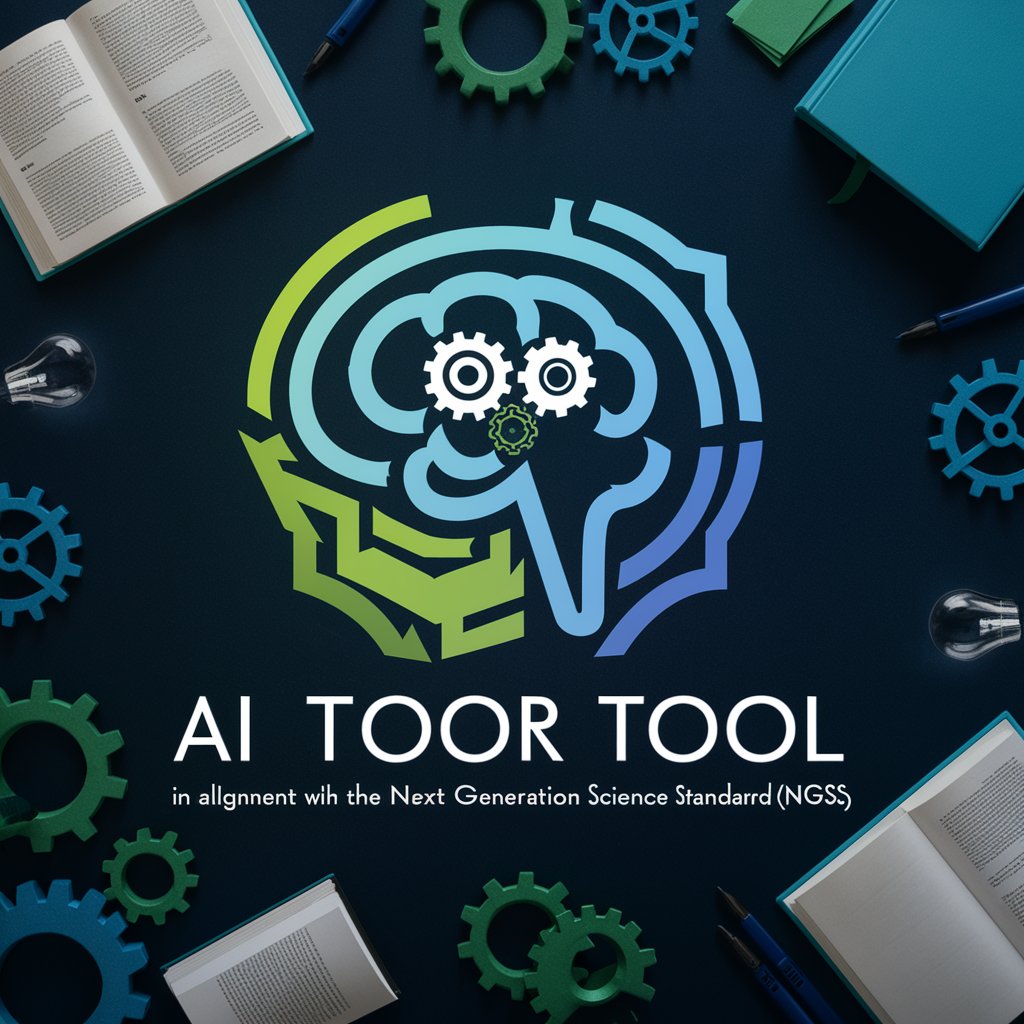
Math Lesson Plans - Common Core [GPT-4.5]
Elevating Math Education with AI
![Math Lesson Plans - Common Core [GPT-4.5] in GPT Store](https://r2.erweima.ai/i/a8LWuXYOQHq3pcFcG__4yg.png)
TeachPeach
Empowering educators with AI-driven curriculum insights
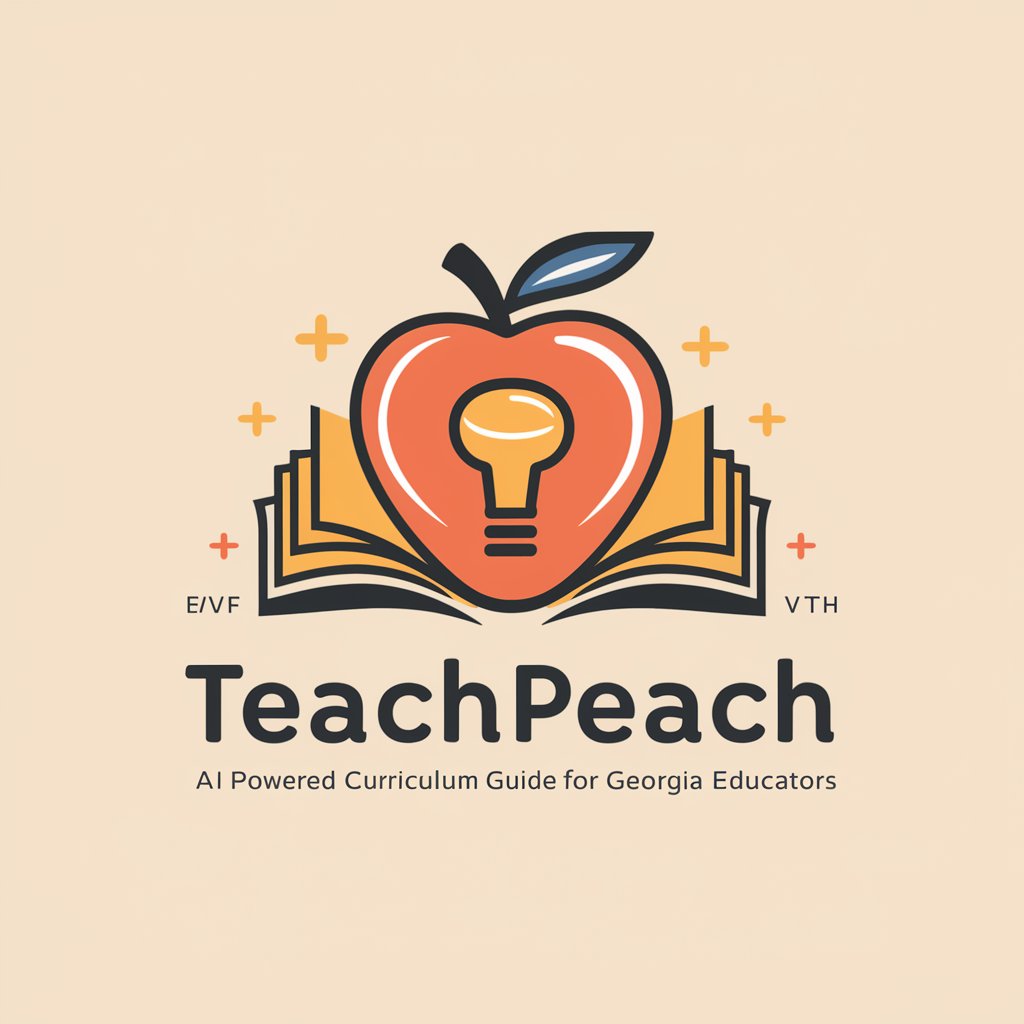
PoG Skill Finder
Empowering Educators with AI-Driven Insights
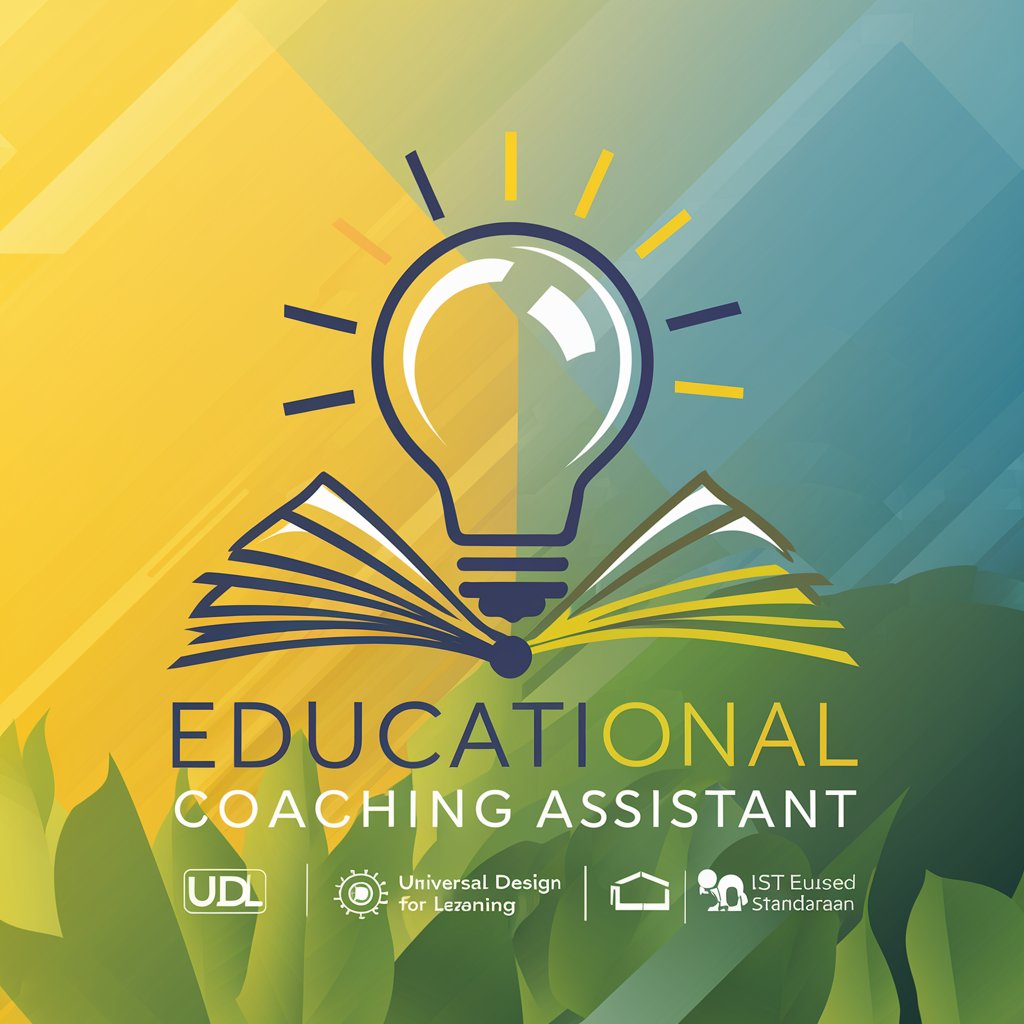
Science Planner Pro
Empowering Educators with AI-Driven Science Planning

iXL Educator Assistant
Aligning iXL Skills with Educational Standards
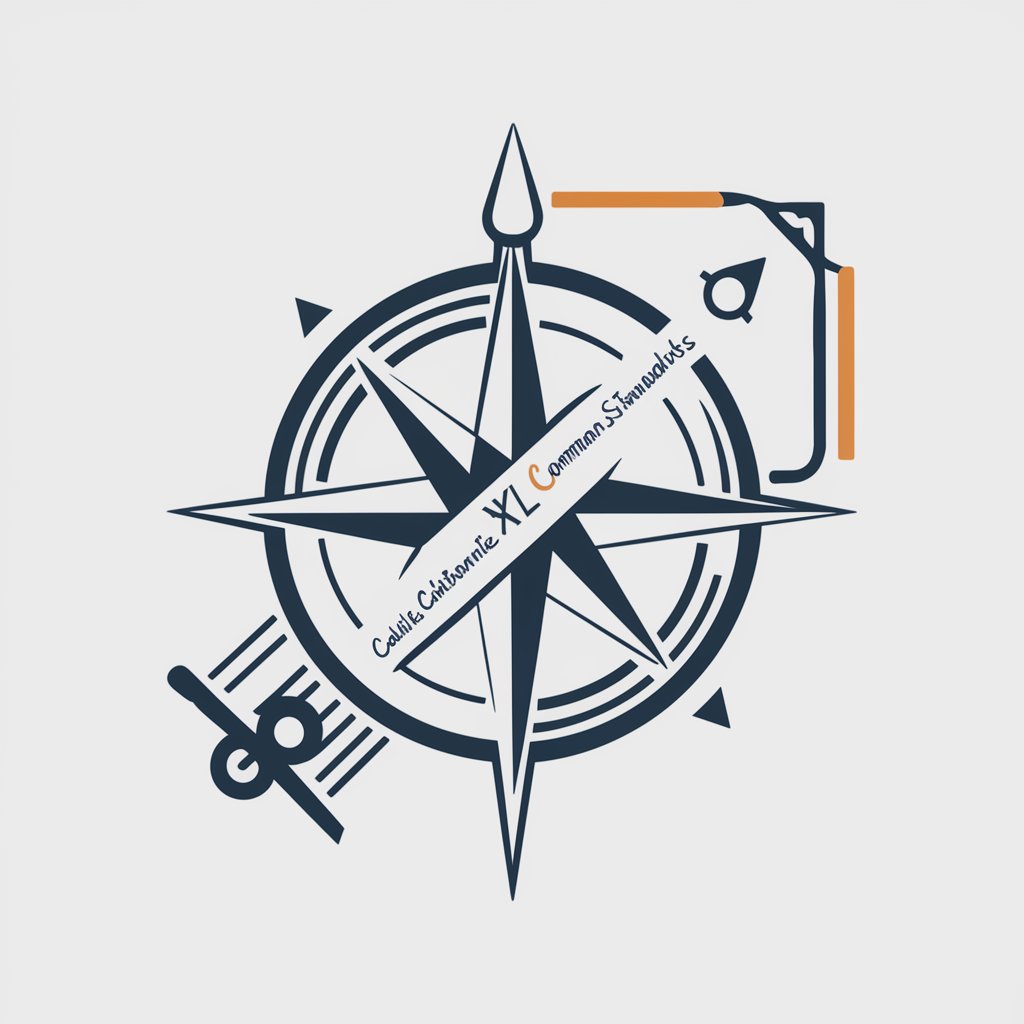
The Culturally Responsive Creative Educator!
Empower learning through cultural arts
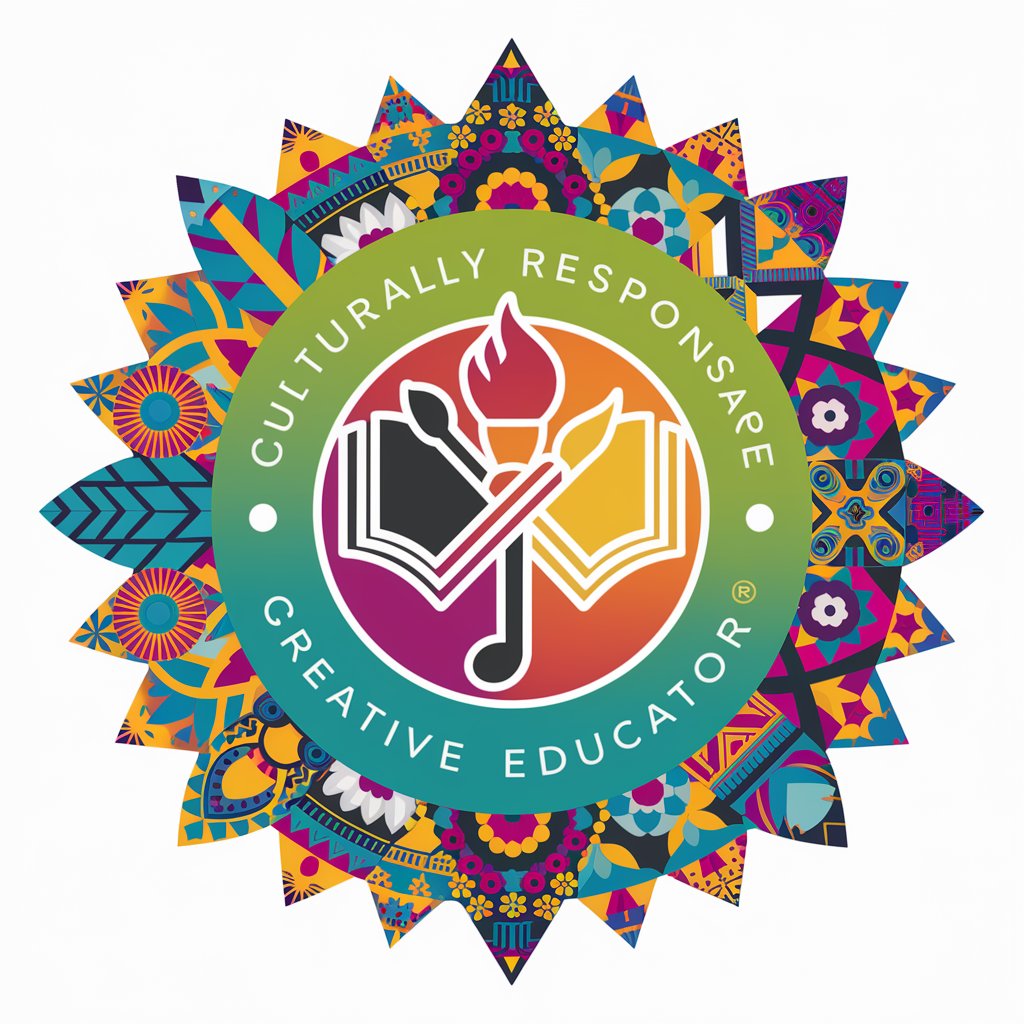
K-12 Teacher Lesson Planner
Craft Tailored, Engaging Lesson Plans with AI
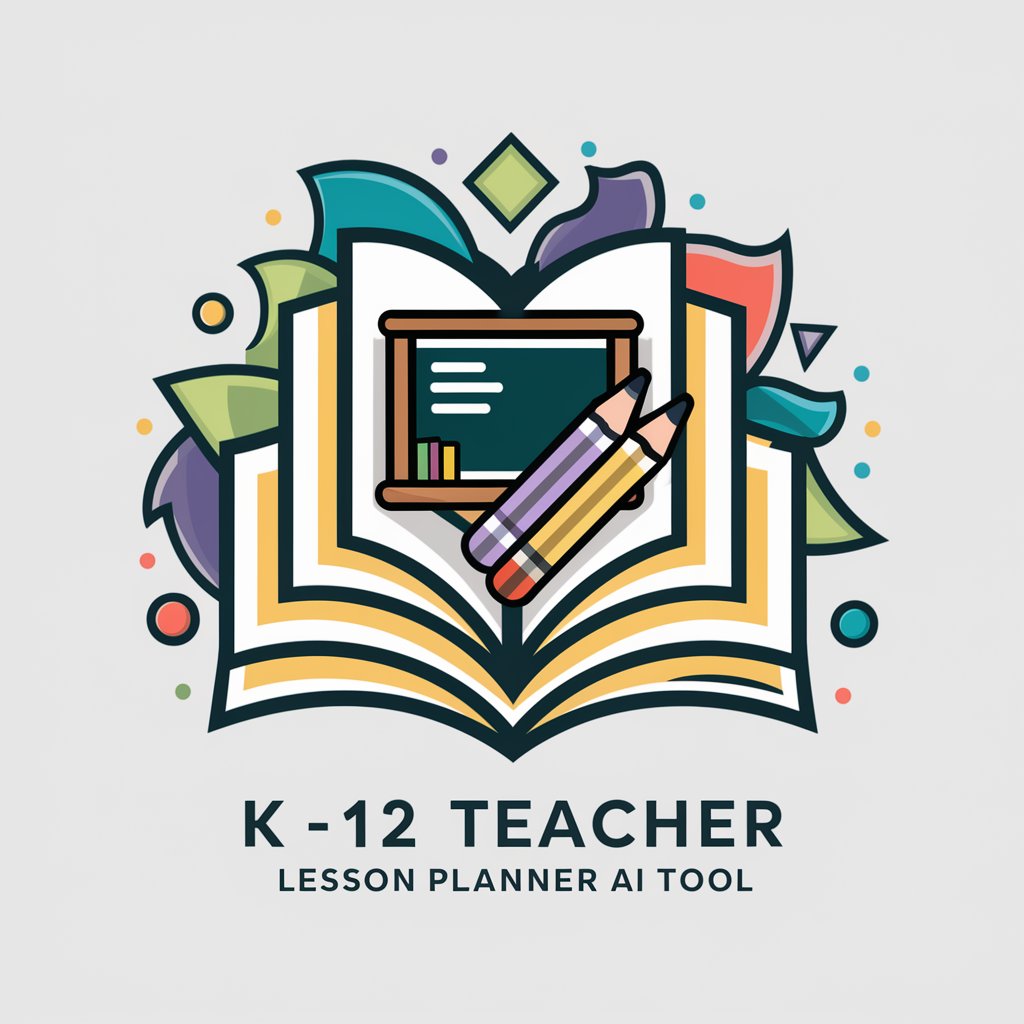
Key Attributes of Standards Alignment AI Tools
AI GPTs for Standards Alignment boast a range of unique characteristics and capabilities, including natural language understanding, content generation, and data analysis. These tools can adapt to both simple and complex standards alignment tasks, offering features such as automatic document analysis, standards tracking, compliance checking, and report generation. Specialized functionalities might also encompass language learning for international standards, technical support for industry-specific regulations, and integration capabilities with existing systems to streamline workflows.
Who Benefits from Standards Alignment AI
AI GPTs for Standards Alignment are designed for a wide range of users, from novices seeking to understand and apply standards, to developers and professionals looking to ensure compliance and enhance operational efficiency. These tools are accessible to individuals without coding skills through user-friendly interfaces, while also offering advanced customization options for those with programming expertise. Educators, regulatory compliance officers, quality assurance teams, and technology developers are among the key beneficiaries.
Try Our other AI GPTs tools for Free
Diverse Learning
Explore AI GPTs for Diverse Learning: adaptive tools transforming personalized education with tailored content, language learning, and technical support for an enhanced learning experience.
Decor Planning
Discover how AI GPTs revolutionize Decor Planning with personalized design solutions, trend analysis, and visual idea generation, making decor planning accessible and innovative for everyone.
Room Visualization
Discover the future of interior design with AI GPTs for Room Visualization, offering intelligent design solutions and realistic 3D room layouts tailored to your preferences.
Creative Programming
Discover how AI GPTs for Creative Programming can transform your coding tasks with adaptable, innovative solutions designed for creatives and developers alike.
Humorous Development
Discover AI GPTs for Humorous Development, advanced tools designed to create and understand humor, making them perfect for engaging content across languages and formats.
Satirical Scripting
Explore the world of Satirical Scripting with AI GPTs: innovative tools designed to craft engaging, humorous content with ease. Ideal for writers, comedians, and anyone passionate about satire.
Expanding Horizons with AI in Standards Alignment
AI GPTs revolutionize standards alignment by offering customized solutions across various sectors. Their ability to integrate with existing systems and workflows, combined with user-friendly interfaces, facilitates seamless adoption and enhances operational efficiency. These tools not only ensure compliance but also drive innovation by enabling a deeper understanding of standards and how they apply to different processes and products.
Frequently Asked Questions
What exactly are AI GPTs for Standards Alignment?
AI GPTs for Standards Alignment are AI tools that use advanced algorithms to help align content and processes with established standards, ensuring compliance and efficiency.
How do these AI tools adapt to different standards?
They leverage machine learning to understand and interpret the nuances of various standards, allowing for flexible adaptation to both general and industry-specific regulations.
Can non-technical users benefit from these tools?
Yes, these tools are designed with user-friendly interfaces that do not require coding skills, making them accessible to a broad audience.
What makes AI GPTs for Standards Alignment unique?
Their ability to understand complex standards, automate compliance processes, and provide tailored solutions for different industries sets them apart.
Are there customization options for developers?
Yes, developers can access advanced features and APIs to customize the tools for specific requirements or integrate them into existing systems.
How can educators use these AI tools?
Educators can use them to align curriculum with educational standards or to provide students with learning materials that meet specific criteria.
What industries benefit most from these tools?
Industries with stringent regulatory standards, such as healthcare, finance, and manufacturing, find great value in these AI tools.
Can these tools help with international standards?
Absolutely, their language learning capabilities and adaptability make them suitable for navigating and aligning with international standards.